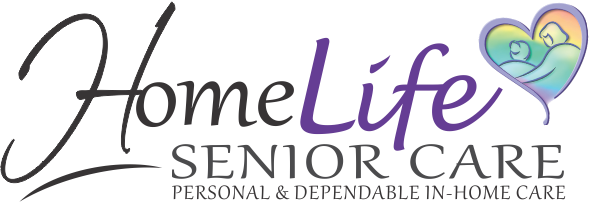First aid is an important consideration when caring for an elderly person at home. It is important to know that seniors are more vulnerable to accidents and injuries since they often lack strength, flexibility and can have brittle bones. Also, their sight, hearing, touch, smell and taste may have declined, making them more vulnerable to accidents. It is very important that the elderly take care of their skin as well, because they are more susceptible to skin infections and disease due to natural changes in aging skin. These changes make the skin less elastic, thinner and dryer allowing more injures while also being slow to heal.
What to Put in Your First Aid Kit
It is important to keep a well-stocked first aid kit on hand. You can purchase a kit or create one of your own. You can create one using a portable file box that can be found at any office supply store or large discount store. Be sure to keep your first aid kit someplace where it can be located quickly and be sure to give it a regular check up by replacing expired items and updating informational lists.
Creating a list of insurance information, medical contacts, and medications could prove to be a very helpful addition to your first aid kit. We often have trouble trying to remember things in the event of an emergency, which is why adding procedures for specific conditions would also be a great asset to your first aid kit.
In being prepared for emergencies let’s take a look at what a first aid kit should have in it:
- Thermometer
- Antiseptic solution or wipes, such as hydrogen peroxide, povidone-iodine or chlorhexidine
- Antibiotic ointment
- Calamine lotion for stings or poison ivy
- Hydrocortisone cream or ointment
- Cotton balls and swabs
- Band-Aids in assorted sizes including knee and elbow sizes
- Latex gloves (these should be worn any time you may be at risk of contact with blood or body fluid of any type)
- Triangular bandages for wrapping injuries and making arm slings
- Thermal patches
- Instant cold pack
- Gauze tape, and Ace bandages
- Hand sanitizer or soap
- Tweezers, scissors, safety pins and needle
- Eye goggles and sterile eyewash such as a saline solution
- Pain and fever medicines, such as aspirin, acetaminophen or ibuprofen
- Decongestants to treat nasal congestion
- Anti-nausea medicine to treat motion sickness and other types of nausea
- Anti-diarrhea medicine
- Antacid to treat upset stomach
- Laxative to treat constipation
- First aid manual
- The Senior’s medication list with dosage and times taken
- Phone numbers for emergency contact, doctors, pharmacy, and insurance information.
- If needed: blood pressure monitor, oximeter, blood sugar meter and/or AED (Automated External Defibrillator.
- Medical forms such as living will, DNR, or advance directives. When traveling, take the kit with you. You may want to add a blanket, flashlight with extra batteries, medical consent forms, and a medical history form. For specific medical conditions, be sure to include any necessary equipment and instructional information. If you elect to keep a separate travel first aid kit, be sure to copy and include all medical information.
Purchasing a First Aid Kit
The American Red Cross and many drugstores sell first aid kits with many of these items. Remember, for the kit to be useful, you need to know how to use it. You may want to take a Red Cross first aid course or at least purchase a first aid manual to learn first aid basics.
—By Caren Parnes
Contributor for The Senior’s Choice


